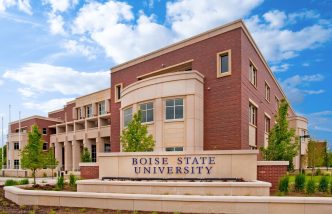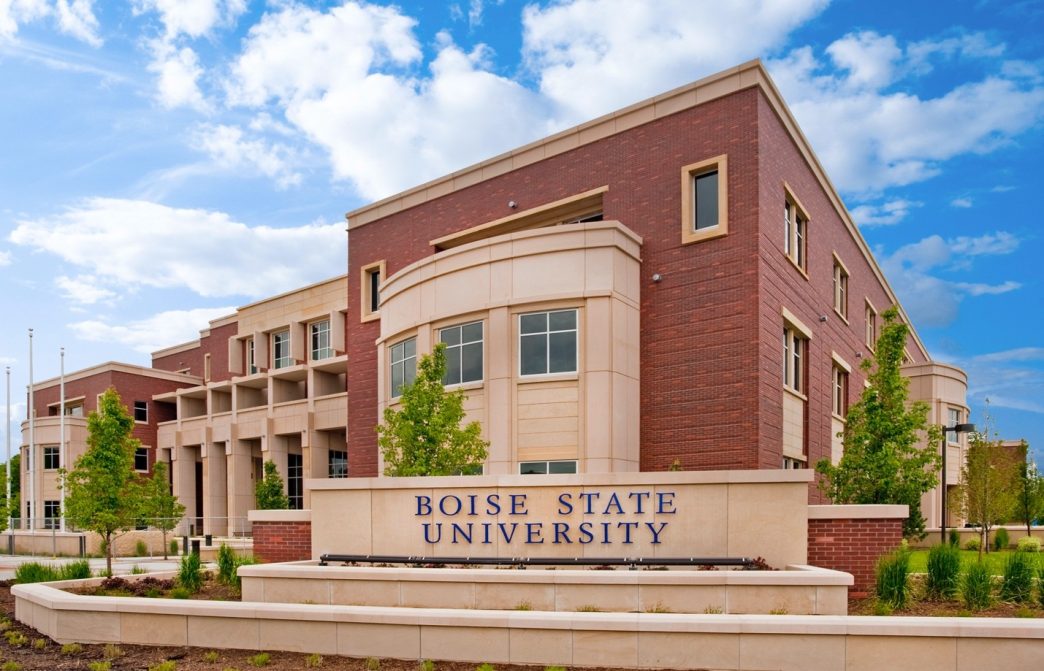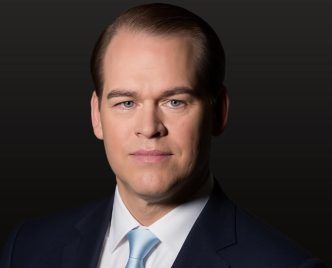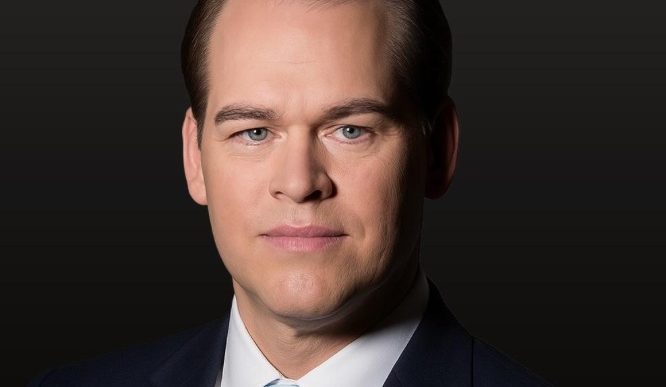While colleges across the nation grapple with declining enrollment and financial strain, Boise State University has managed to weather economic storms under the guidance of Alicia Estey, the institution’s former chief financial and operating officer. Recently honored with an Idaho Business Review Excellence in Finance award, Estey has transformed potential crises into opportunities through careful stewardship of the university’s $743 million budget.
“We are a very tuition-dependent institution,” Estey explains. This reality places Boise State University in a precarious position shared by many public universities nationwide. Yet, unlike the University of Arizona, which had a $240 million shortfall, or Penn State’s need to cut $94 million by 2026, Boise State University has maintained financial stability despite these headwinds.
The challenges became particularly acute during the COVID-19 pandemic. “We held tuition flat for four years, which strained our budget,” Estey notes.
Despite these constraints, Boise State University has maintained enrollment stability. “We are fortunate in that we have not experienced enrollment declines,” Estey says. “We’re in an area that’s growing in population. We have a solid track record. Our graduation rates are increasing.”
Upcoming Leadership Transition
Following a national search, Estey has been selected to serve as Vice President for Finance and Administration at the University of Vermont, a role she will assume in August after nearly two decades of service at Boise State.
Since joining Boise State in 2006, she has held progressively responsible positions, ultimately overseeing financial operations, major capital projects, compliance, legal affairs, and public health.
“Alicia has been a stabilizing force for Boise State during the past two decades. Her commitment to our students and campus community, combined with her innovative approach and strategic mindset, has better positioned the university for the future,” said Jeremiah Shinn, Boise State interim president.
Estey holds a business administration and accountancy degree from Boise State, a law degree from the University of Idaho, and a Master of Public Health from the University of Massachusetts Amherst. Her public health background proved particularly relevant during the pandemic response.
Finding Fiscal Balance Through Collaboration and Preventing Future Financial Crises
When Estey discovered the university had accumulated a $15 million structural deficit, she assembled the university’s academic and administrative leaders and presented them with a clear assessment of the problem and its origins. She then outlined potential solutions while actively soliciting their input and perspectives.
“I knew that this would not work if it were a top-down decision,” she explains. “I wanted to engage the people who this would impact the most and work with them to come up with a solution.”
Estey adds that the resulting plan involved a 2.5% reduction across departments — a difficult but necessary measure — to “return that money to our central bank, so to speak.”
Beyond addressing immediate financial concerns, Estey implemented systems to prevent similar issues from arising again. Estey’s corrective approach was clear and principled. She explains, “I said, ‘We’re not going to do that again. We will prioritize fully funding raises, which means that if we want to invest new initiatives, but we don’t have new money that, we’re going to have to give some things up, we’re going to have to stop doing something.’”
Alicia Estey Discusses Adapting to Shifting Student Expectations
In addition to financial pressure, the modern university faces dramatic shifts in what students expect from their education. The pandemic accelerated the adoption of online and hybrid learning models, and many students now prefer flexible educational options that fit into their lives and work schedules.
Boise State University has responded to shifting student expectations by developing a catalog of digital learning options while preserving the quality and rigor that distinguishes its programs from competitors. With 149 online programs now available — spanning 28 undergraduate degrees, 29 graduate degrees, and 92 certificates — the university serves 4,273 distance learners alongside its traditional campus population.
Graduate students comprise approximately one-third of this online enrollment, with 1,442 pursuing advanced degrees remotely, while 2,831 undergraduates complete their studies through digital platforms. A comprehensive digital transformation requires significant investment in technological infrastructure, faculty training, and student support services while maintaining the physical campus experience that many students continue to value.
“We are working to assess where we are spending money that we could be reinvesting in programs that will pay higher dividends,” Alicia Estey says.
While careful with resources, Estey recognizes the importance of strategic investments even in challenging times. “Infrastructure for one,” she says. Current projects at Boise State University include a new residence hall, an expanded stadium, and the university’s largest-ever science research building.
“The university’s research portfolio is growing. The investments are growing, and Boise State is about to move from an R2 to an R1, which means a very high research doctoral institution,” she explains.
Alicia Estey attributes much of her success to her ability to build and maintain relationships. She says, “Having strong relationships, being transparent with people, being very forthright – I like to be very direct with people, very straightforward.”
This approach extends to prioritizing projects when managing the university’s substantial budget. “Again, it’s really through collaboration and relationships,” she explains.













